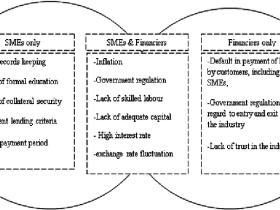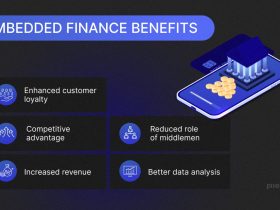Image Credits: https://pixabay.com/photos/cash-register-printer-receipt-store-5610295/
Gone are the days when vendors handed customers a traditional handwritten receipt. In today’s ever-evolving digital world, the practice of issuing digital and E-receipts are common practices. While these two terms may seem like one, but there lies a significant difference in the functionality of both these mediums. In today’s blog, we are going to discuss in detail the nuances of e-receipts and digital receipts, exploring their definitions, functionalities, benefits, and implications.
Key differences on E-Receipts vs. Digital Receipts
Definition
Image Credits: https://images.app.goo.gl/5Jo7oqkBvUzSaSxv6
Firstly, let’s establish clear definitions for both e-receipts and digital receipts. E-receipts, short for electronic receipts, are receipts that are transmitted to customers via email following a transaction. They typically contain the same information as traditional paper receipts, including details such as the date, time, items purchased, prices, and total amount.
Image Credits: https://images.app.goo.gl/fdWXGDeeqLbiUY8n9
On the other hand, digital receipts encompass a broader spectrum of receipt formats and delivery methods. While e-receipts are a subset of digital receipts, the term “digital receipts” extends to receipts delivered through various digital channels, such as text messages, mobile apps, or stored in online accounts.
Mode of Delivery
One key distinction between e-receipts and digital receipts lies in their delivery mechanisms. E-receipts are primarily sent to customers’ email addresses provided during the transaction process. This delivery method offers a direct and convenient way for customers to receive and access their receipts.
In contrast, digital receipts may be delivered through a variety of channels, including email, text messages, mobile apps, or online accounts associated with the retailer or service provider. This versatility allows customers to choose their preferred method of receipt delivery, catering to diverse preferences and technological capabilities.
Scope Of Functionality
Another differentiating factor is the scope of functionality offered by e-receipts versus digital receipts. E-receipts typically serve the basic purpose of providing proof of purchase to customers in electronic form. They replicate the content and structure of traditional paper receipts while offering the added benefits of digital accessibility and easy archiving.
Digital receipts, on the other hand, encompass a wider range of features and capabilities beyond mere transaction documentation. Depending on the platform or service provider, digital receipts may offer interactive elements, such as links to product information, promotional offers, or customer feedback surveys. Additionally, digital receipts may integrate with expense management software, accounting systems, or loyalty programs, facilitating seamless record-keeping and enhanced customer engagement.
Pros and cons of digital receipts
Environmental Considerations
Furthermore, the implications of e-receipts and digital receipts extend beyond their immediate functionalities to encompass broader environmental, economic, and technological considerations. From an environmental perspective, both e-receipts and digital receipts contribute to reducing paper consumption and waste, aligning with sustainability goals and initiatives.
By transitioning from paper-based receipts to electronic alternatives, businesses can significantly decrease their environmental footprint while offering customers an eco-friendly shopping experience.
Economic Significance
Economically, e-receipts and digital receipts present cost-saving opportunities for businesses and consumers alike. For businesses, the adoption of electronic receipt systems can lead to significant savings in paper, printing, and distribution costs over time.
Moreover, digital receipt platforms may offer analytics and insights into customer purchasing behavior, enabling businesses to make data-driven decisions and enhance their marketing strategies.
Conclusion
In conclusion, while e-receipts and digital receipts share common objectives of providing electronic proof of purchase, they differ in terms of delivery mechanisms, functionalities, and broader implications. E-receipts are specifically delivered via email and focus on replicating the content of traditional paper receipts in electronic form. In contrast, digital receipts encompass a wider range of formats and delivery methods, offering enhanced functionalities and integrations with digital platforms. Understanding the differences between e-receipts and digital receipts is essential for businesses and consumers alike, as it enables informed decision-making and facilitates the adoption of digital receipt solutions in an increasingly digital world.
References








Leave a Reply